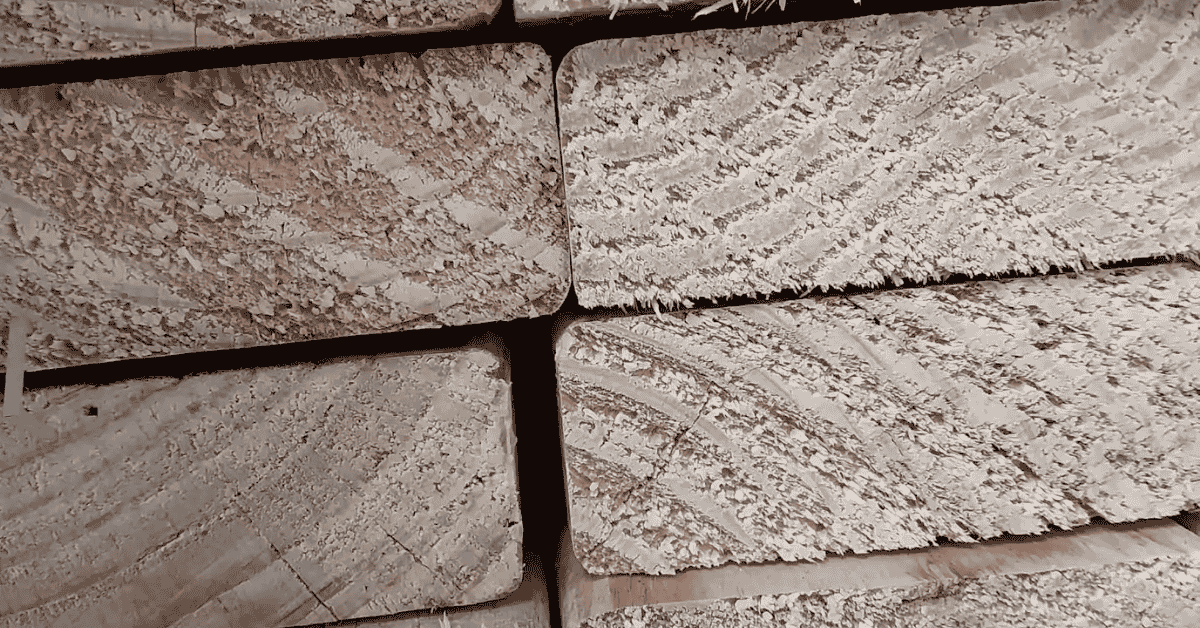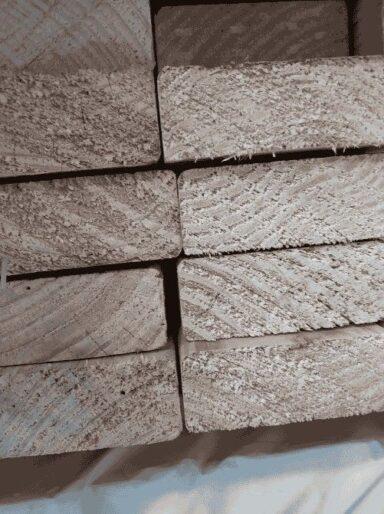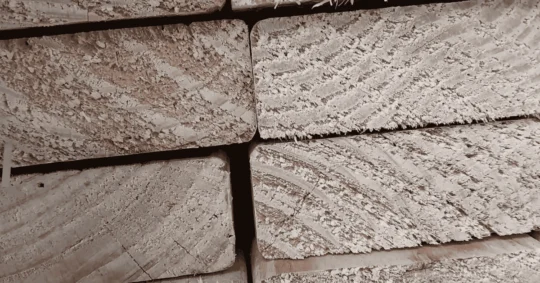- Your cart is empty
- Continue Shopping
Why Builders Choose MGP12 for Reliable Framing and Flooring


The structural performance of a building depends heavily on the quality of the timber used. Floors, joists, and roof framing all rely on timber that can handle significant loads without excessive movement.
Choosing the right grade is not only about compliance but also about reducing the risk of long-term issues such as sagging, squeaks, or cracks.
In Australia, MGP12 is one of the grades that builders turn to when reliability is required. It offers performance benefits that make it suitable for projects where strength and consistency cannot be compromised.
Understanding MGP12
MGP12 stands for Machine-Graded Pine with a stress grade of 12. It is pine that has been mechanically tested to meet strict strength and stiffness standards. Compared to MGP10, MGP12 offers greater load-bearing capacity and reduced deflection.
Because every piece is machine graded, you get consistent quality and performance. This reliability makes it a popular choice for structural applications like framing and flooring, where strength is non-negotiable.
Strength You Can Rely On
Builders choose MGP12 because of its superior strength under load. Floors and roofs take on significant weight, and if the timber flexes too much, it leads to squeaks, cracks or structural movement. Using MGP12 minimises those risks and creates a sturdier structure.
Consistency and Compliance
Because MGP12 is machine graded, the stiffness and performance are predictable. This means fewer surprises when the structure faces heavy loads or harsh conditions.
It also helps with compliance. When engineering plans call for MGP12, using a lower grade could lead to weak points or even fail to meet building standards. Choosing the correct grade ensures the structure is both safe and approved.
When to Use MGP12
There are specific situations where MGP12 really shows its value:
- Large floor areas that require long joists.
- Roofs carrying extra weight, such as heavy tiles or solar panels.
- Floors with tiles or coverings that demand minimal movement.
- Areas exposed to moisture or temperature variation, where warping can cause long-term problems.
Points to Consider
While MGP12 has clear advantages, it’s not always the most economical choice. It does cost more than MGP10, and using it for light walls or simple partitions may not offer much benefit.
It is also important to remember that stress grading is only part of the picture. Proper treatment against termites and moisture is still vital for long-term durability. Strong timber will not perform if it isn’t adequately protected.
How It Compares to Other Grades
MGP10 remains a good option for standard wall framing and light structures. However, it can struggle in areas with higher loads. Builders relying solely on MGP10 often end up needing extra supports to prevent deflection.
Hardwood grades, usually labelled as F-grades, can also be used. They are tested differently and may not deliver the same uniform stiffness across applications. For most structural needs, the MGP system provides greater consistency and clarity.
Final Thoughts
MGP12 is not the cheapest option, but it often proves to be the smarter investment. Its strength, stiffness and ability to handle heavy loads make it the reliable choice for flooring and framing that lasts. Builders who want fewer call-backs and repairs know the value of specifying MGP12 where performance really matters.
At Timber Central, we supply high-quality MGP12 timber that is machine-graded and properly treated. If you want timber you can trust for long-term strength and compliance, contact us today for a quote. Choosing the right grade now means fewer problems down the track and a structure you can rely on.




